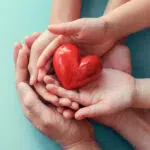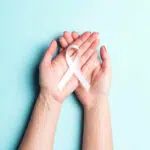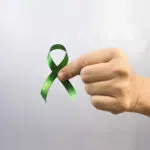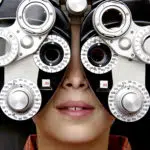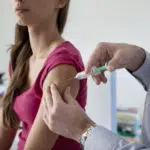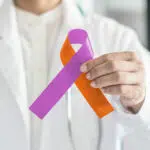National Minority Donor Awareness Day is celebrated on August 1 as a way of bringing to light the need for minority donors. The day is a part of National Minority Donor Awareness Week. This particular day highlights the need, especially among minorities, for more organ, eye, and tissue donors. Yet another focus of the day includes acknowledging minorities who have donated. Along with educating people about the need to donate organs, the day also encourages them to register themselves as donors. National Minority Donor Awareness Day also tries to inculcate good health habits in people so that there may be a decreased need for an organ transplant.
History of National Minority Donor Awareness Day
National Minority Donor Awareness Day is part of National Minority Donor Awareness Week. Both events were started as a way to increase organ donation among minority communities. National Minority Donor Awareness Week is observed in the first week of August each year to honor the contribution of multicultural donors and their families, while also highlighting the urgent need from minority communities to register themselves as organ, eye, and tissue donors. Although it is not uncommon for a candidate to match a donor from another racial or ethnic group, transplant success rates increase exponentially when organs are matched between members of the same ethnic background. This means that a dearth of organs donated by certain communities may lead to longer waiting periods for transplantation.
Within the African-American, Asian, Hispanic, Native American, and Pacific Islander-American communities, experts have voiced concerns about the serious shortage of transplants. Minorities make up 57% of those on the organ waiting list and only 30% of the donor population. Minority patients are often at an increased need for transplants affecting the heart, kidney, pancreas, and liver due to unavoidable or chronic conditions. Healthcare facilities take into consideration several factors when matching donors to recipients but blood type is the most critical component. Since ethnic groups tend to have similar blood types, success rates increase when recipients are paired within the same ethnic or racial group. While one doesn’t have to depend only on donors of the same race for a successful transplant, a similar ethnic or racial background makes the process smoother and more likely to be a success.
National Minority Donor Awareness Day timeline
Ronald Lee Herrick participates in the first successful kidney donation with his identical twin brother.
An 85-year-old woman in Britain donates a kidney to a stranger.
The kidneys of a baby who lived for only 100 minutes are donated to an adult with renal failure.
A 107-year-old Scottish woman donates her corneas after her death.
National Minority Donor Awareness Day FAQs
What are the benefits of organ donation?
Along with being a life-saving act and improving someone’s life, organ donation also comforts the grieving family of the deceased donor. It is the most selfless act that one can commit to.
What color ribbon is for organ donation?
Green awareness ribbons symbolize organ donation awareness.
What is the organ in greatest demand?
Kidneys are the organs that are in highest demand across the country according to the United States Department of Health and Human Services.
How To Observe National Minority Donor Awareness Day
Share your success stories
Have you ever successfully donated an organ or received one? If yes, then share your success story on social media. This will encourage more people to take up the noble cause.
Pledge yourself as an organ donor
Whether you’re part of a minority or not, you can pledge yourself as an organ donor on National Minority Donor Awareness Day. Organ donation is also a great way to continue your legacy.
Join a fundraiser
Join a fundraiser or organize an event in your community to raise awareness about organ donation. You could talk more about the different types of donations and the technologies that make a donation more successful.
5 Facts About Organ Donation That Will Blow Your Mind
A single donor can save multiple lives
One deceased organ donor can save up to eight lives.
Tissue donation is important too
One tissue donor can impact the lives of as many as 75 people.
Very few people become organ donors
Approximately 2% of people will die in a way that allows for organ donation.
People lose lives awaiting a donor
Every day, in the United States, 18 people die while awaiting an organ.
There’s no age limit to organ donation
Babies as young as a few minutes to adults who are above 100 years of age can donate an organ.
Why We Love National Minority Donor Awareness Day
It saves lives
National Minority Donor Awareness saves lives by encouraging us to list ourselves as donors. Since 57% of those awaiting a transplant belong to a minority population, the day aims to shorten the waiting period for a suitable donor.
It encourages good health
You cannot be a donor unless you are in good health. The day also encourages people to take care of their well-being so that those who are healthy can donate organs to those in need.
It highlights chronic illnesses among minorities
National Minority Donor Awareness Day is also a great way to examine the chronic illnesses that affect certain races. This study can also help us understand the reforms that must come about in the healthcare industry for better treatments for minorities.
National Minority Donor Awareness Day dates
| Year | Date | Day |
|---|---|---|
| 2025 | August 1 | Friday |
| 2026 | August 1 | Saturday |
| 2027 | August 1 | Sunday |
| 2028 | August 1 | Tuesday |
| 2029 | August 1 | Wednesday |

